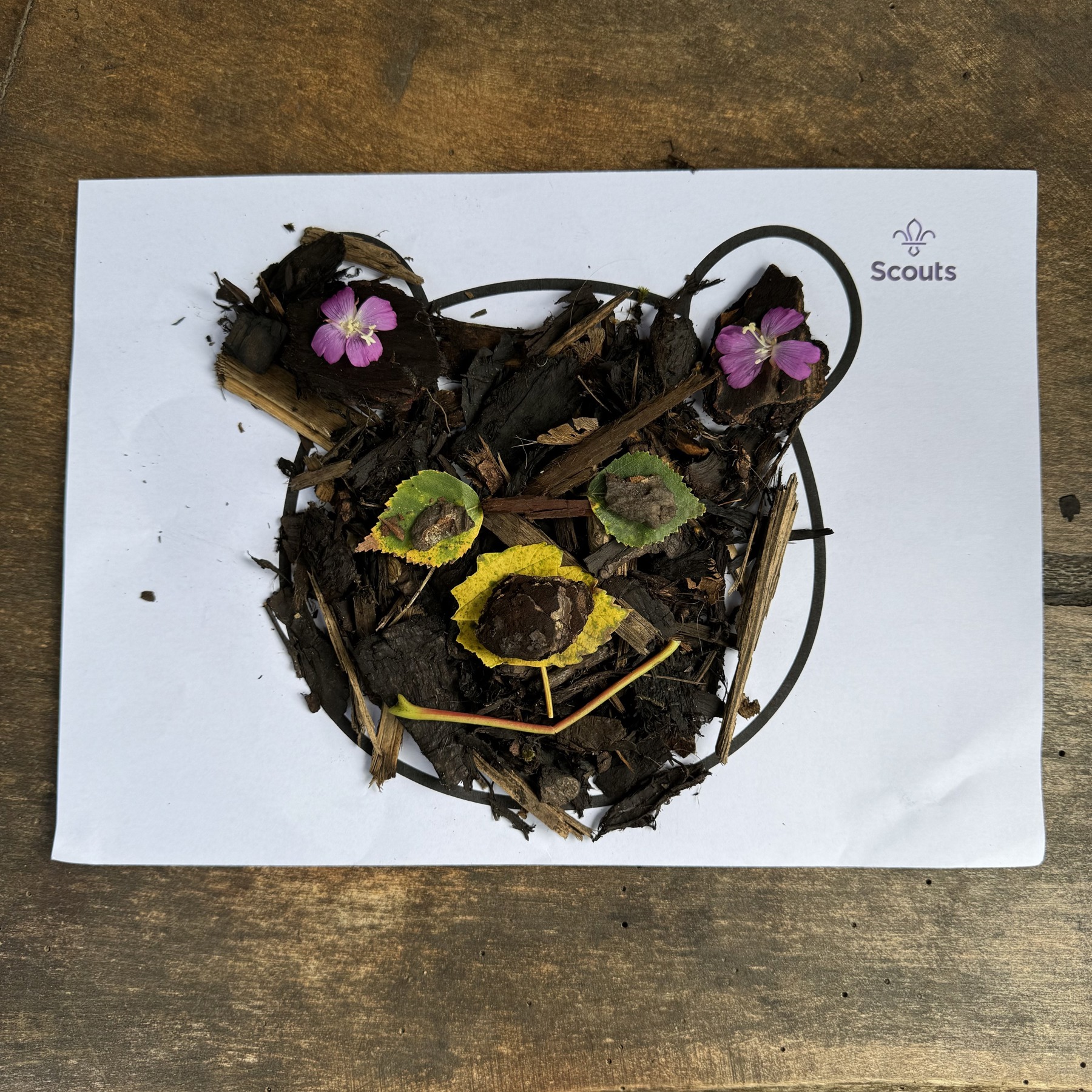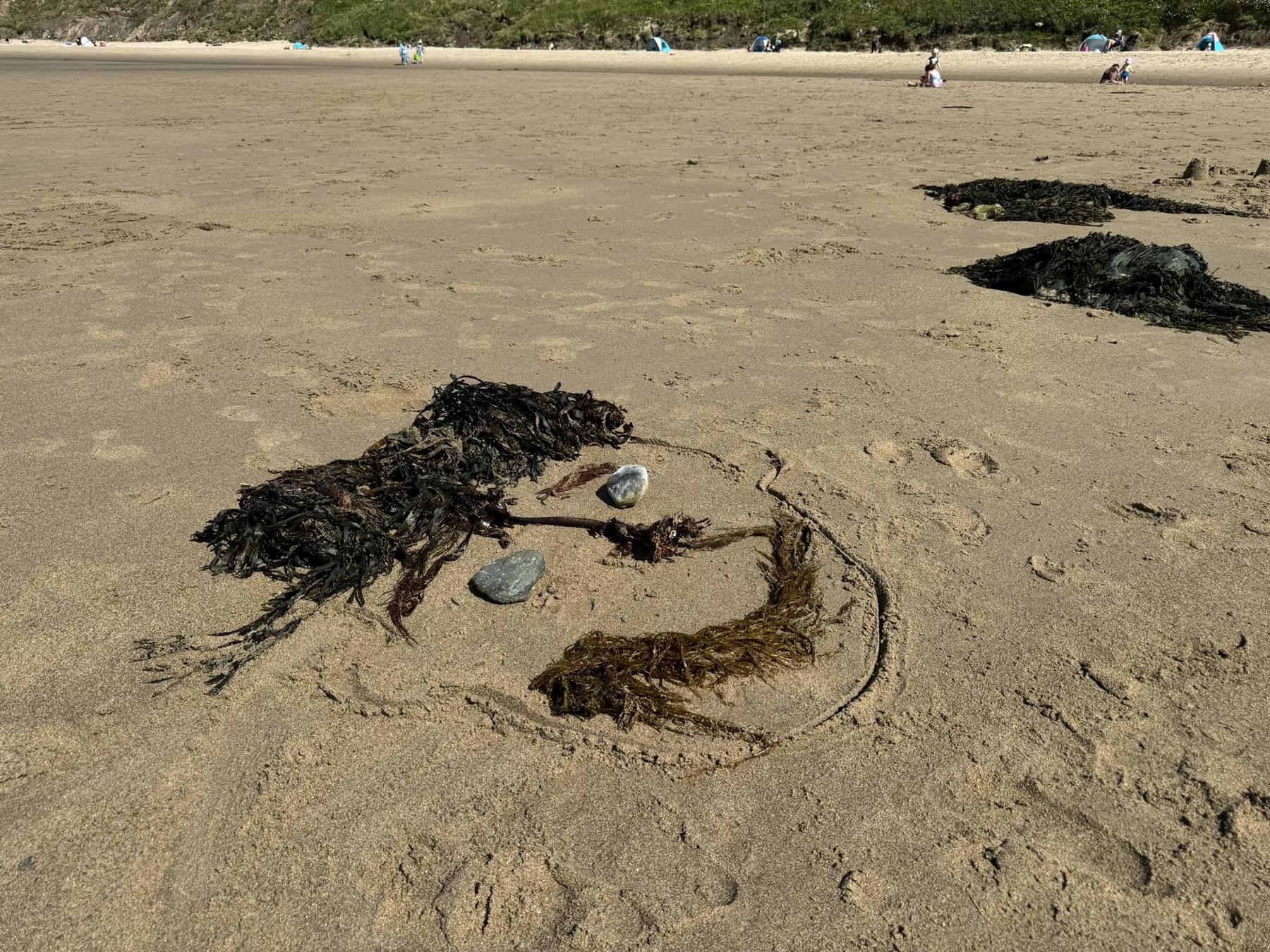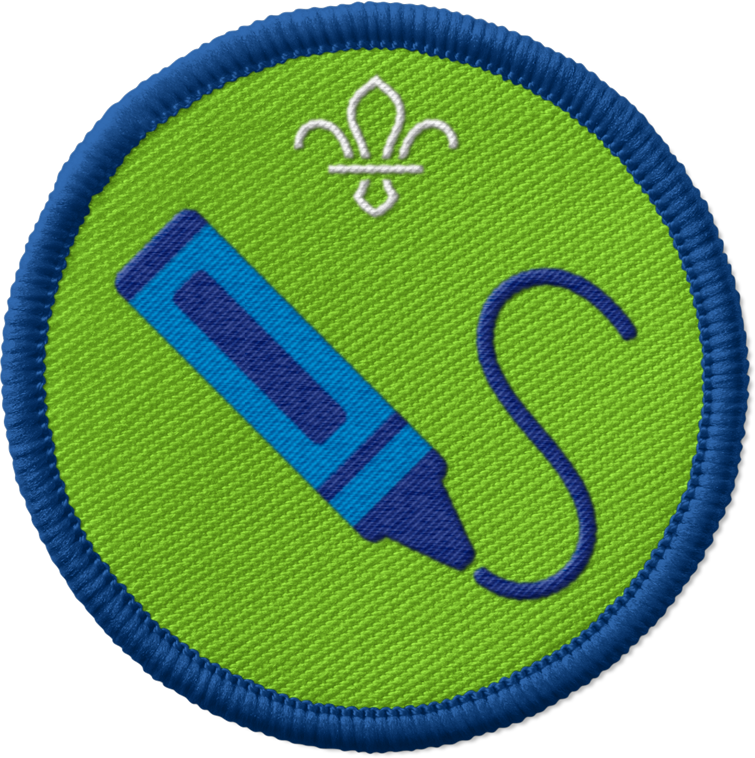
Make nature faces
You’ll need
- Natural materials (for example, leaves, twigs, feathers)
- Non-plastic bags to collect materials in
Before you begin
- Use the safety checklist to help you plan and risk assess your activity. Additional help to carry out your risk assessment, including examples.
- Make sure all young people and adults involved in the activity know how to take part safely.
- Make sure you’ll have enough adult helpers. You may need some parents and carers to help if you’re short on helpers.
Planning this activity
- Make sure the outdoor area you visit is accessible for everyone, choosing a suitable place for drop off and collection. You may need to think about avoiding steps or steep gradients or including frequent breaks.
- Check the forecast and sunset times, but be prepared for the weather to change. It’s best to run this activity on lighter evenings, such as in summer.
- Make sure everyone knows where and when to meet, knows what to bring, and comes dressed for the weather and the task. People should wear outdoor clothing and sturdy shoes.
- It might be a good idea to have some spare equipment, such as gardening gloves, for those who’d prefer not to get their hands too dirty. Make sure there’s somewhere everyone can wash their hands after the activity too.
- If it’s difficult to get outside, you could do this activity indoors and bring in materials to make the nature faces.
Running this activity
Make some nature faces
- Gather everyone together and explain to everyone that they’ll be collecting materials to make their own nature faces. A nature face is a picture of a person made out of natural materials. It could even be a self portrait, an animal, or something imaginative, such as a monster face!
- If you’ve made one, you may wish to show everyone your example nature face.
- Everyone should help to collect natural materials.
- If the group is going on a walk, make sure everyone sticks together and follows the route.
- If the group is staying in one specific area, make sure everyone knows the boundaries, what to do in an emergency, the sign to stop (such as a long blow on a whistle) and where adults will be.
- After collecting the materials, let people start to create their face.You may wish to use our templates to help you create your nature face.
- You could also make an outline using nature, such as drawing a face outline in soil, or making one using natural items, such as twigs, leaves or pebbles.
- Once all the faces are finished, everyone should show or talk about the face they made.
- You could use them in a story or game, such as Guess Who. You could also try to make a giant nature face together.
- When you’re finished, put all the items back where you found them in nature. If you collected the materials on a walk, you can either return them later or find a suitable place to put them.
- Ask everyone why it’s important to put the natural materials back where they came from. Explain that the items used in the faces could be homes or food for the animals, and how it helps the environment to put everything back as you found it.


Reflection
The activity encouraged everyone to value the outdoors by getting out into nature and finding uses for natural materials. It was also about being responsible by putting everything back the way it was found.
During the activity everyone had the opportunity to collect the materials for their nature faces, use their imagination and get creative while making them, and show their creation off to the rest of the group.
When you collected your materials, what do you remember about the path you took? What sounds could you hear? What could you smell? Did you see any plants or animals?
Creating your nature faces allowed you to be creative. What did you enjoy about making your nature faces?
Why is it important to leave the environment how you found it? How can you make sure you look after the environment when you are out on another walk?
Safety
All activities must be safely managed. You must complete a thorough risk assessment and take appropriate steps to reduce risk. Use the safety checklist to help you plan and risk assess your activity. Always get approval for the activity, and have suitable supervision and an InTouch process.
- Gardening and nature
Everyone must wash their hands after the activity has finished. Wear gloves if needed. Explain how to safely use equipment and set clear boundaries so everyone knows what’s allowed.
- Visits away from your meeting place
Complete a thorough risk assessment and include hazards, such as roads, woodland, plants, animals, and bodies of water (for example, rivers, ponds, lakes, and seas). You’ll probably need more adult helpers than usual. Your risk assessment should include how many adults you need. The young people to adult ratios are a minimum requirement. When you do your risk assessment, you might decide that you need more adults than the ratio specifies. Think about extra equipment that you may need to take with you, such as high visibility clothing, a first aid kit, water, and waterproofs. Throughout the activity, watch out for changes in the weather and do regular headcounts.
- You can change the group sizes to make the activity easier or harder.
Make sure the location and route you choose is accessible for everyone. If someone struggles to reach the materials, let them work with someone else to help them collect everything.
All Scout activities should be inclusive and accessible.
In this activity, everyone learned a bit about how to look after the environment and why it’s important. See what you can learn at home about the environment, why we need to look after it, and how we can do that. When you have found some things out, bring them to a meeting to talk to an adult.
If someone is feeling very confident, let them help by building the example nature face or helping others who may need it.
